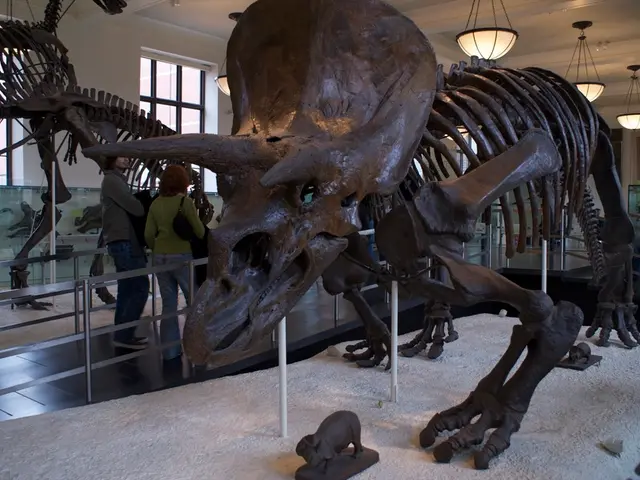Newcomer Refugees Embrace a Fresh Life in Brandenburg
In the tumultuous 17th century, the Mark Brandenburg, now modern-day Berlin and Brandenburg, witnessed a significant influx of religious refugees. These newcomers, known as Huguenots, left indelible marks on the region, as evident today in street names and buildings like the French Cathedral in the federal capital.
The Thirty Years' War (1618-1648) took a heavy toll on the Mark Brandenburg, with many villages and farmsteads in the Prignitz lying in ruins, cities like Perleberg plundered, and the population decreased by about 70 percent. Elector Frederick William, also known as "the Great," relied on foreign support, especially from the Netherlands and France, to overcome the consequences of the war.
One such figure was Arnold Gijsels van Lier, a Dutch admiral who lived from 1593 to 1676. Summoned by Elector Frederick William in 1651, Gijsels van Lier was tasked with helping restore order and the economy after the war. He was particularly noted for his work in rebuilding the damaged Elbe dikes in Amt Lenzen.
Gijsels van Lier was also said to have brought settlers from his Dutch homeland to the Prignitz. However, Calvinist settlers were not common in the region; only a few are mentioned in sources, such as Anthoine Gain and Pierre Lenain in Perleberg and four other Huguenot families in Wittstock.
In contrast, the Uckermark, like other parts of Brandenburg, was receptive to religious refugees. From 1687 onwards, the Huguenots, or réfugiés, founded numerous colonies in the Mark Brandenburg, particularly in the Uckermark. The Prenzlau "colony" in the Uckermark was the largest and numbered 427 members after just twelve years.
The Markish nobility, however, was not fond of Huguenots. They were assured long-term tax exemption, a prospect that the nobles wanted to avoid, fearing the corresponding loss of income and the bad example for their German peasants. The Huguenots were mostly settled on the electoral domains, which were largely located in the north-east of the Mark Brandenburg.
The nearby town of Strasburg also became an important haven for religious refugees from France. The Edict of Potsdam, issued by Frederick William in 1685, welcomed Huguenots who were emigrating from France due to persecution and promised them extensive privileges if they settled in his territory.
After the Thirty Years' War, the Brandenburg nobility tried to address the population and labor shortage on their estates by binding the peasants to them through partly drastic restrictions on personal freedoms and property rights. This was in stark contrast to the more welcoming approach towards religious refugees, particularly in the Uckermark.
The traces of these religious refugees can still be seen today, serving as a reminder of a turbulent yet transformative period in the history of the Mark Brandenburg. Gijsels van Lier's richly decorated coffins can be viewed in the church of Mölich in the Lenzerwische community, a testament to the role he played in the region's recovery.








